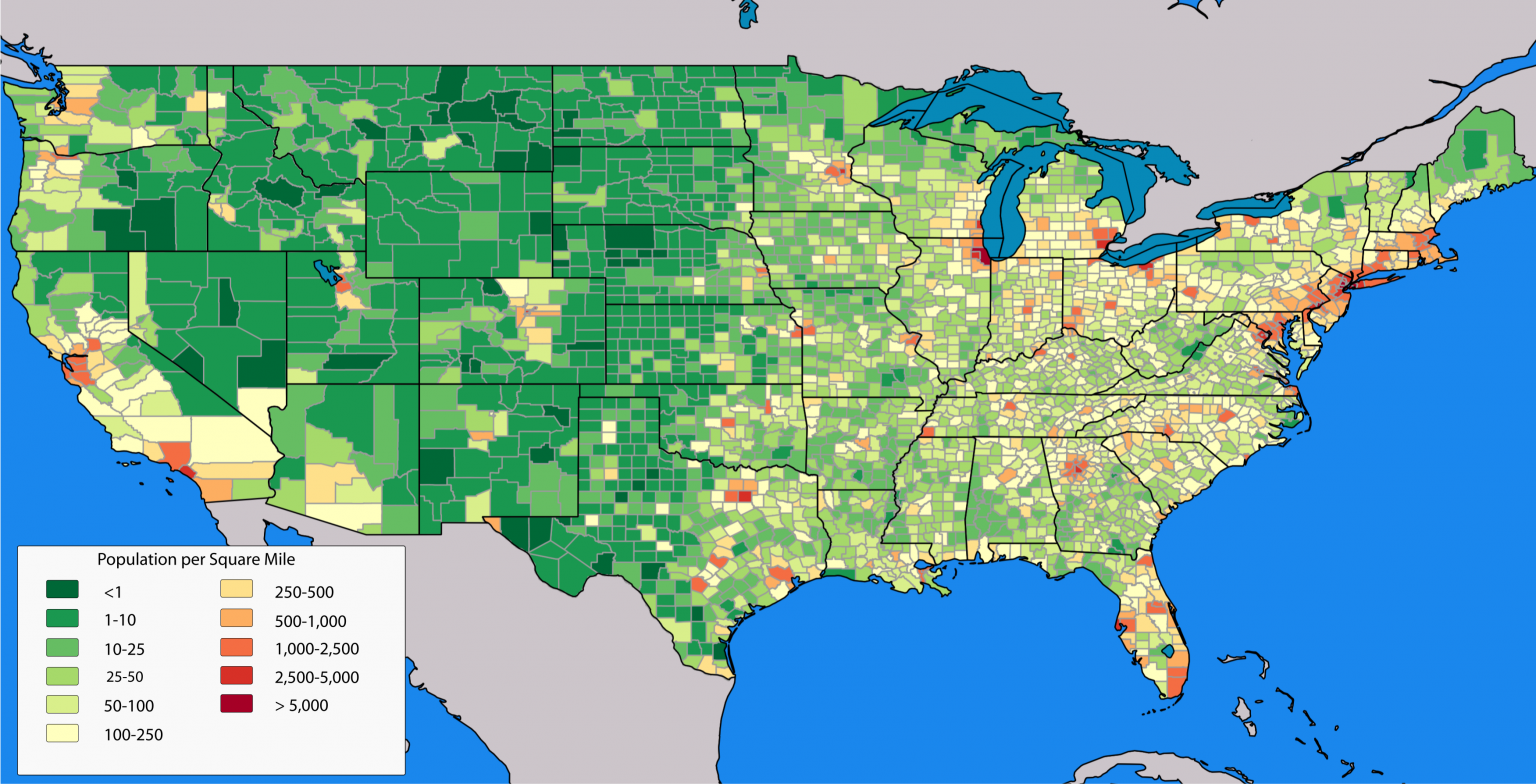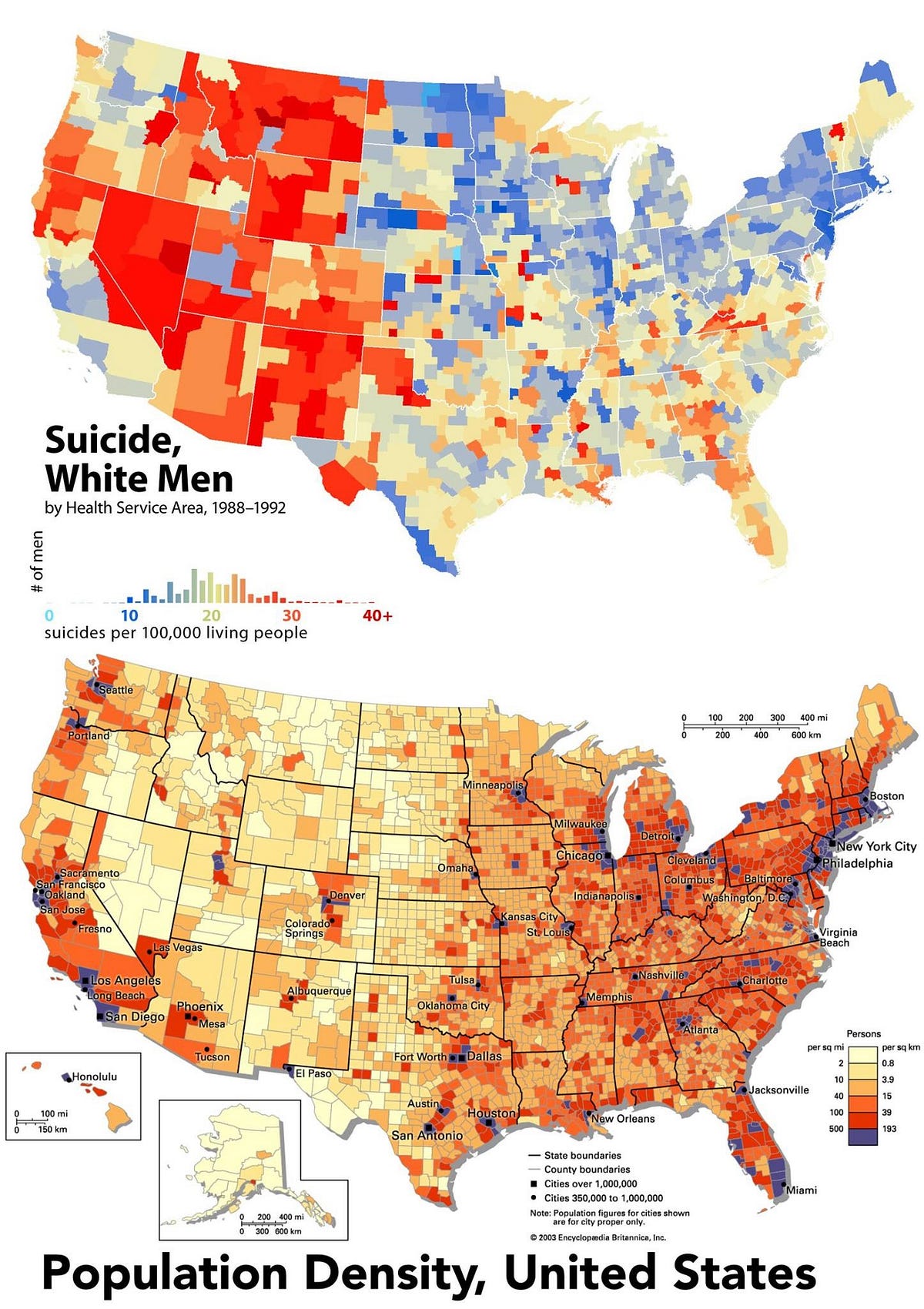

Global Change Research Program, and the U.S. Energy Information Administration, the U.S. For example, the World Health Organization, the U.S. Population density data can be important for many related studies, including studies of ecosystems and improvements to human health and infrastructure. These terms do not have globally agreed upon definitions, but they are useful in general discussions about population density and geographic location. Dense population clusters generally coincide with geographical locations often referred to as city, or as an urban or metropolitan area sparsely populated areas are often referred to as rural. Therefore, the most useful data describes smaller, more discrete population centers. However, data on human population density at the country level, and even at regional levels, may not be very informative society tends to form clusters that can be surrounded by sparsely inhabited areas. Globally, statistics related to population density are tracked by the United Nations Statistics Division, and the United States Constitution requires population data to be collected every 10 years, an operation carried out by the U.S. In the case of humans, population density is often discussed in relation to urbanization, immigration, and population demographics. Population density can be used to describe the location, growth, and migration of many organisms. The number of individuals living within that specific location determines the population density, or the number of individuals divided by the size of the area. Land area measurement is taken to be the latest available standard area measurements for all years in the dataset therefore population density for some local authorities may differ slightly when compared to previous versions of this table.A population is a subgroup of individuals within the same species that are living and breeding within a geographic area. Mid-2012 to mid-2016 subnational population estimates for England and Wales were revised on the 22 March 2018, following methodological improvements (see weblinks). The data presented here reflect changes made to population estimates from 2001 to 2010 in re-basing the data to be consistent with the results of the 2011 Census (see weblinks). The data presented here are used to understand the different levels of population density in each of the local authorities in Wales, and how this is changing over time.ĭata are provided on an unrounded basis although the Office for National Statistics advises that the population estimates data found in this datasets and presented separately are rounded to the nearest 100 where practical.
POPULATION DENSITY FREE
This material is Crown Copyright and may be re-used (not including logos) free of charge in any format or medium, under the terms of the Open Government Licence.ĭata are produced and reported annually and relate to the 30 June of each year for 1991 onwards, although the land area data is unchanged throughout the dataset and taken to be the latest available standard area measurements. It should be noted that there are some definitional changes for mid-2020 (particularly affecting the migration components) compared to mid-2019 populations estimates data and it is advised users read the Quality and Methodology Information section on the Office for National Statistics website. However, these estimates refer to the population as at 30 June 2020, meaning that they only account for the first three months of the pandemic.įuture releases of the population estimates will provide information on the impact from mid-2020 onwards.

The mid-2020 population estimates are the first population estimates to show some of the impacts of the coronavirus (COVID-19) pandemic. The supporting population and area estimates are included in the dataset. The figures are derived by diving the mid year population estimates by the latest land area estimates in square kilometres, measured at the mean high water mark, and excluding areas of inland water as recommended by the Office for National Statistics. This dataset provides population density estimates in persons per square kilometre for the local authorities in Wales for the period from 1991 onwards.


 0 kommentar(er)
0 kommentar(er)
